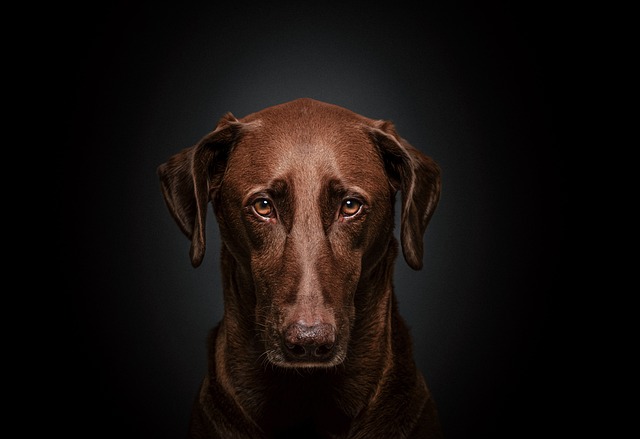
What are the 5 steps to train a dog?
Training a dog isn't just about teaching tricks—it's the key to building a harmonious life together. Whether you're a new puppy parent or adopting an adult dog,
When a fluffy and chubby teddy bear puppy enters our lives, the surprise and touch are beyond words. Its lively eyes, as black as jewels, look at the world curiously, and its little tail wags merrily like a propeller, instantly melting our hearts. From the moment it steps into our home, we embark on a wonderful journey full of love and responsibility, and training it is a crucial part of this journey.
Teddy bear puppies are like a pure blank sheet of paper, waiting for us to write beautiful chapters with patience and love. They are full of energy and have a strong desire to explore everything around them. However, due to their young age, they have difficulty concentrating for a long time and have limited comprehension abilities. Therefore, in the initial stage of training, we must fully consider these characteristics of theirs and adopt a gentle and step-by-step approach.
Among the many training items for teddy bear puppies, potty training is the "foundation of the foundation." Just imagine, you've just brought the little guy home, and he always relieves himself casually in various corners of the house. Isn't it a bit of a headache? In fact, solving this problem is not difficult. First of all, we need to choose a fixed place for it to defecate, such as a corner of the bathroom or a part of the balcony. Then, carefully observe its defecation pattern. Generally speaking, puppies often need to defecate after eating, waking up from a nap, and playing for a while. Once we notice that it shows behaviors such as sniffing the ground and circling, quickly carry it to the designated defecation place. At the beginning, it may not understand our intention, but don't worry. Every time it defecates in the right place, immediately give it enthusiastic praise and a small treat as a reward, so that it understands that "solving the problem" in this place will be recognized and bring benefits. After repeating this several times, the smart teddy bear puppy will quickly master this skill, keeping the house clean and tidy.
Socialization training is also crucial for the growth of teddy bear puppies. Letting the puppy come into contact with different people and things from an early age can help it build confidence and develop a good personality. When the weather is suitable, take it to places with a large number of people, such as parks and residential areas, and let it greet people of different ages and genders. At the same time, also let it meet other friendly dogs and learn how to get along with its kind. During this process, we should always pay attention to its emotions. When it shows curiosity and friendliness, give it encouragement; if it feels scared or nervous, soothe it in time and help it overcome its fear. Through positive socialization training, our teddy bear puppy will grow up to be a cheerful and friendly dog that can live in harmony with people and other animals.
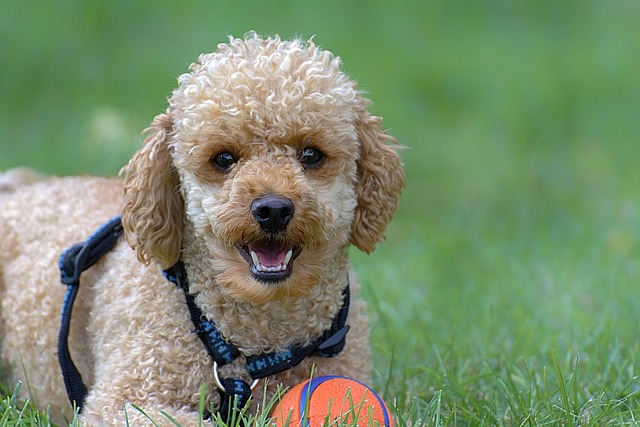 Basic command training can establish an effective communication bridge between us and teddy bear puppies. Start with the simple command of "sit." When we hold a treat in our hand and gently wave it in front of the puppy to attract its attention, slowly move the treat upward. At this time, its head will lift up, and its body will naturally sit down. The moment it successfully sits down, immediately say the command "sit" and give it a treat as a reward. Repeat this action. Each training session should not be too long, about 5 to 10 minutes, to avoid making the puppy bored. As it becomes proficient in the "sit" command, gradually introduce other commands such as "lie down," "come here," and "wait." During the training process, the tone of voice should be firm but gentle, so that the puppy can understand our intention. Every time it executes the command accurately, it is a testament to its growth, and we will feel a great sense of accomplishment in our hearts.
Basic command training can establish an effective communication bridge between us and teddy bear puppies. Start with the simple command of "sit." When we hold a treat in our hand and gently wave it in front of the puppy to attract its attention, slowly move the treat upward. At this time, its head will lift up, and its body will naturally sit down. The moment it successfully sits down, immediately say the command "sit" and give it a treat as a reward. Repeat this action. Each training session should not be too long, about 5 to 10 minutes, to avoid making the puppy bored. As it becomes proficient in the "sit" command, gradually introduce other commands such as "lie down," "come here," and "wait." During the training process, the tone of voice should be firm but gentle, so that the puppy can understand our intention. Every time it executes the command accurately, it is a testament to its growth, and we will feel a great sense of accomplishment in our hearts.
In the process of training teddy bear puppies, the role of positive reinforcement should not be underestimated. Dogs are naturally fond of receiving rewards and recognition. When they exhibit the behaviors we expect, promptly giving them praise, petting, and delicious treats can greatly stimulate their enthusiasm. For example, when the puppy completes an action according to the command, we can say "Great job" in a cheerful tone and gently stroke its head and back at the same time, making it feel our love. This positive feedback will make it more willing to cooperate with our training and can also deepen the emotional bond between us and it.
However, the training path is not always smooth, and we will inevitably encounter various setbacks. Sometimes, the puppy may be naughty and reluctant to follow the commands; or it may regress in the skills it has already mastered. At this time, we must maintain patience and not lose our temper or punish it physically. Because dogs cannot understand our anger, and punishment will only make them feel scared and confused, and may even make them resistant to training. We should believe that as long as we persevere and guide it with the right methods, it will surely gradually grow into the dog we envision.
Training teddy bear puppies is a practice full of love and challenges. In this process, we witness its transformation from ignorance to gradually becoming sensible. Every bit of progress embodies our efforts and expectations. Let's use our professional knowledge, boundless patience, and abundant love to accompany our teddy bear puppies to grow healthily, create countless beautiful memories together, and make it the most caring and lovely companion in our lives.

Training a dog isn't just about teaching tricks—it's the key to building a harmonious life together. Whether you're a new puppy parent or adopting an adult dog,
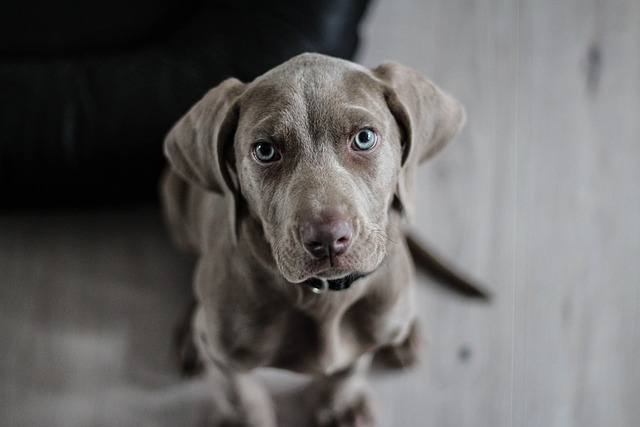
Imagine watching your dog’s ears perk up as they catch a whiff of something exciting. If you’re planning to start scent training your furry friend, you’ve probably wondered

Picture your eight-week-old Labrador, Luna, discovering a dropped blueberry under your Boston kitchen table—her entire body wiggles with nose-driven joy.
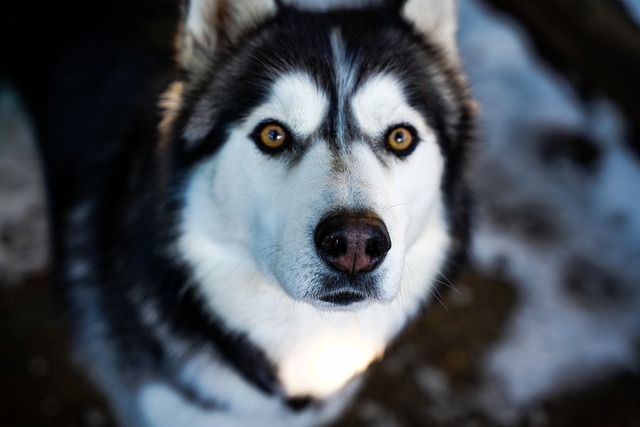
Picture this: You’re welcoming guests into your Seattle apartment when your exuberant Labrador, Buddy, launches himself onto your aunt’s cream sweater—paws first.
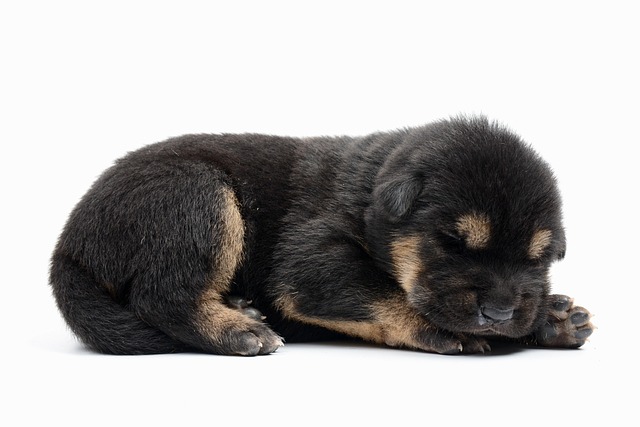
Watching your dog trot back with a ball or newspaper in their mouth is a classic canine sight—and a skill you can teach with patience and play.
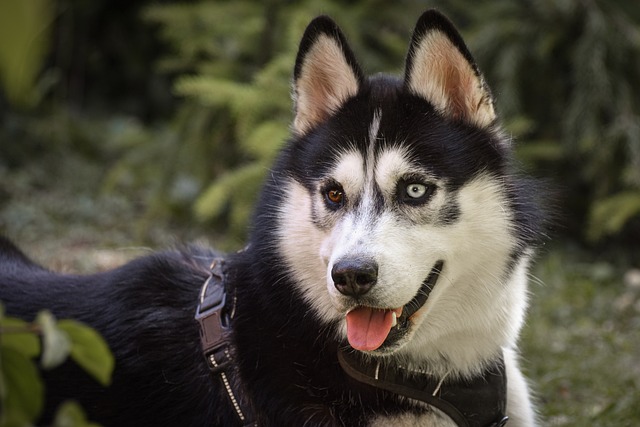
Picture this: You’re out for a morning walk with your dog, and suddenly, they bare their teeth and lunge at a jogger. It’s a heart-stopping moment